
A renal diet is one that is low in sodium, phosphorous, and protein. A renal diet also emphasizes the importance of consuming high-quality protein and usually limiting fluids. Some patients may also need to limit potassium and calcium.

Kidney cysts are round pouches of fluid that form on or in the kidneys. Kidney cysts can occur with disorders that may impair kidney function. But more often, kidney cysts are a type called simple kidney cysts. Simple kidney cysts aren't cancer and rarely cause problems.

The actual cause of prostate enlargement is unknown. Factors linked to aging and changes in the cells of the testicles may have a role in the growth of the gland, as well as testosterone levels. Men who have had their testicles removed at a young age (for example, as a result of testicular cancer) do not develop BPH.
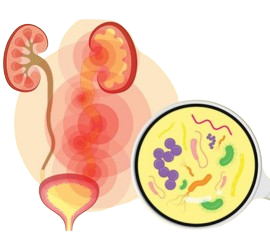
A urinary tract infection (UTI) is a bacterial infection that can affect the bladder, kidneys, or the tubes that connect them. UTIs are very common, especially in women, and can be painful and uncomfortable. However, they usually pass within a few days and can be treated with antibiotics.
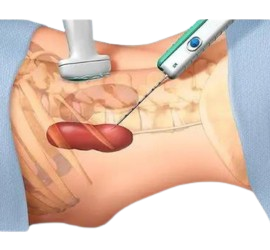
A kidney biopsy is a procedure to remove a small piece of kidney tissue that can be examined under a microscope for signs of damage or disease. Your doctor may recommend a kidney biopsy — also called renal biopsy — to diagnose a suspected kidney problem.
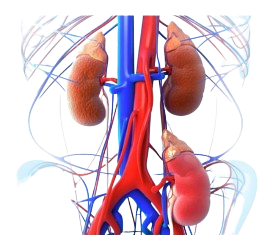
A kidney transplant is a surgery done to replace a diseased or injured kidney with a healthy kidney from a donor. The kidney may come from a deceased organ donor or from a living donor. Family members or others who are a good match may be able to donate one of their kidneys.
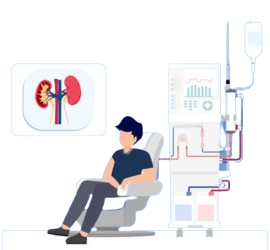
In hemodialysis, a machine filters wastes, salts and fluid from your blood when your kidneys are no longer healthy enough to do this work adequately. Hemodialysis (he-moe-die-AL-uh-sis) is one way to treat advanced kidney failure and can help you carry on an active life despite failing kidneys.
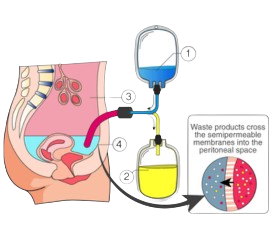
Peritoneal dialysis is a treatment for kidney failure that uses the lining of your abdomen, or belly, to filter your blood inside your body. Health care providers call this lining the peritoneum. A few weeks before you start peritoneal dialysis, a surgeon places a soft tube, called a catheter, in your belly.
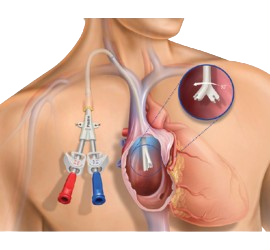
The procedure involves creating a tunnel under the skin to thread the catheter. The catheter has a cuff under the skin to help keep the catheter in place, prevent infection and allow the catheter to remain in for an extended period of time.
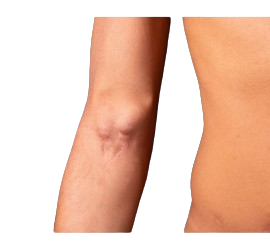
An arteriovenous (AV) fistula is an irregular connection between an artery and a vein. Usually, blood flows from the arteries to tiny blood vessels (capillaries), and then on to the veins. Nutrients and oxygen in the blood travel from the capillaries to tissues in the body. With an arteriovenous fistula, blood flows directly from an artery into a vein, avoiding some capillaries. When this happens, tissues below the avoided capillaries receive less blood.
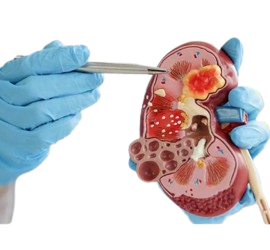
A treatment is something that health care providers do for their patients to control a health problem, lessen its symptoms, or clear it up. Treatments can include medicine, therapy, surgery, or other approaches. A cure is when a treatment makes a health problem go away and it's not expected to come back.
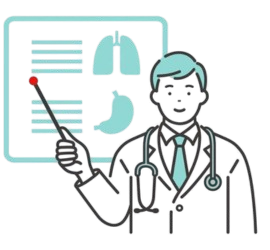
▪ MD. DM. (Doctor of Medicine)
▪ Nephrology
▪ Entrance Exam